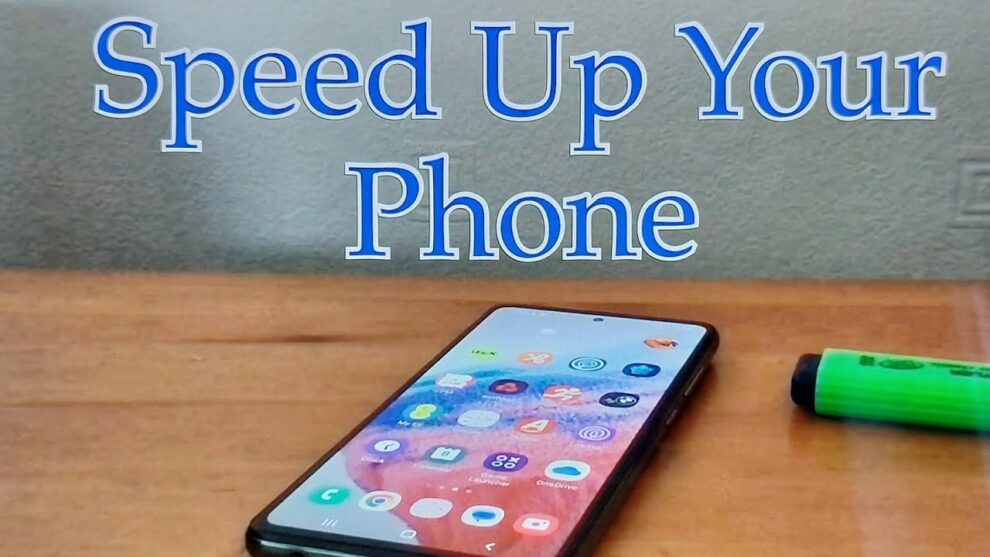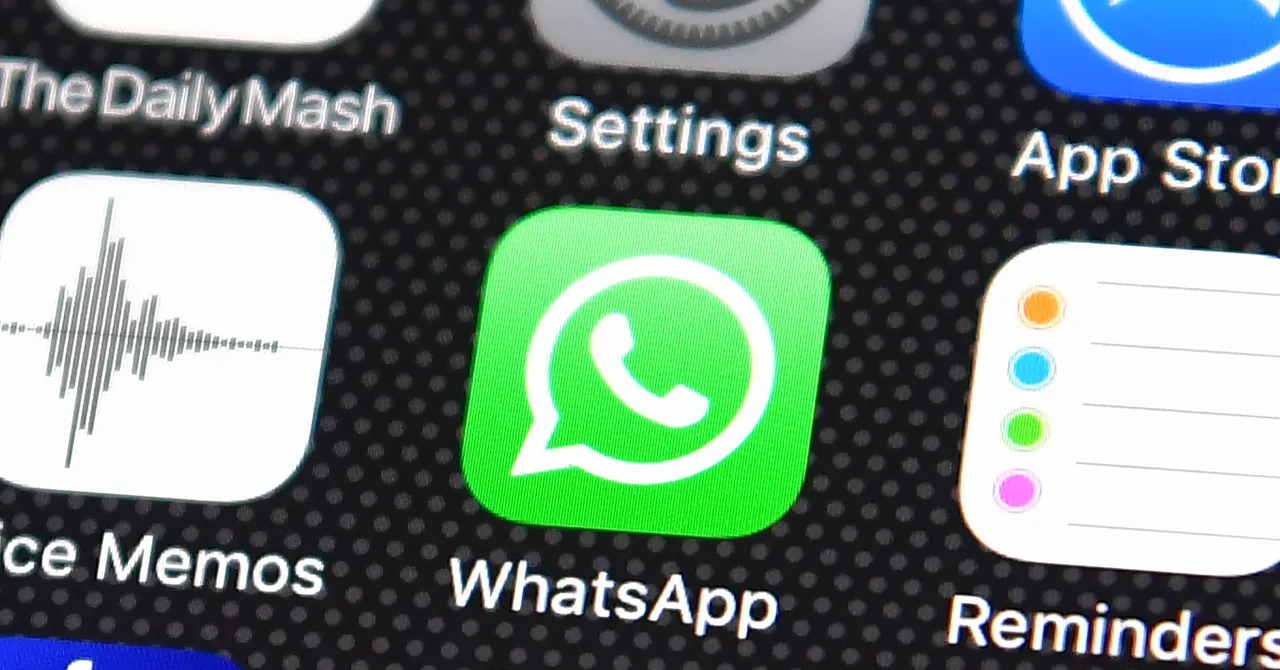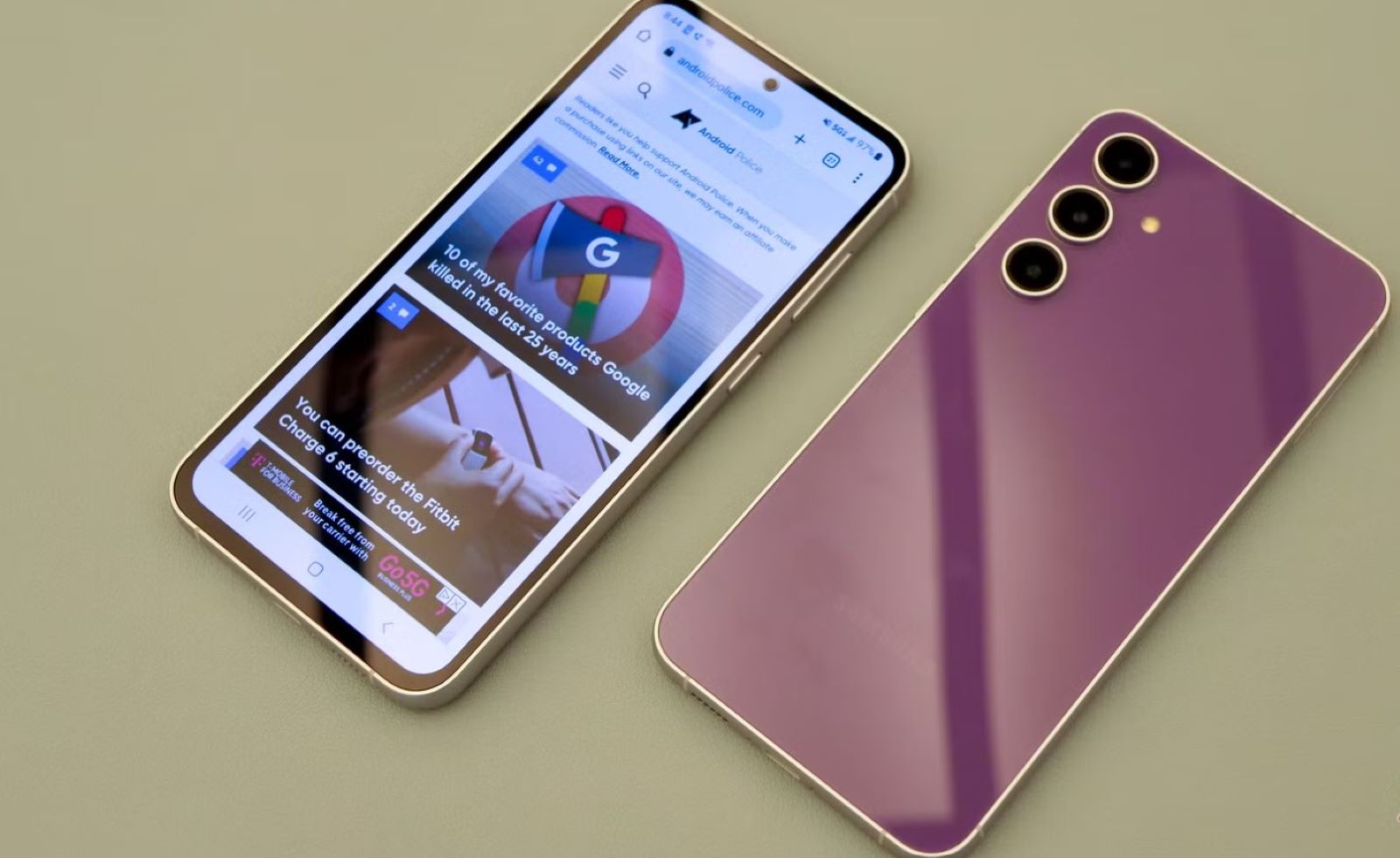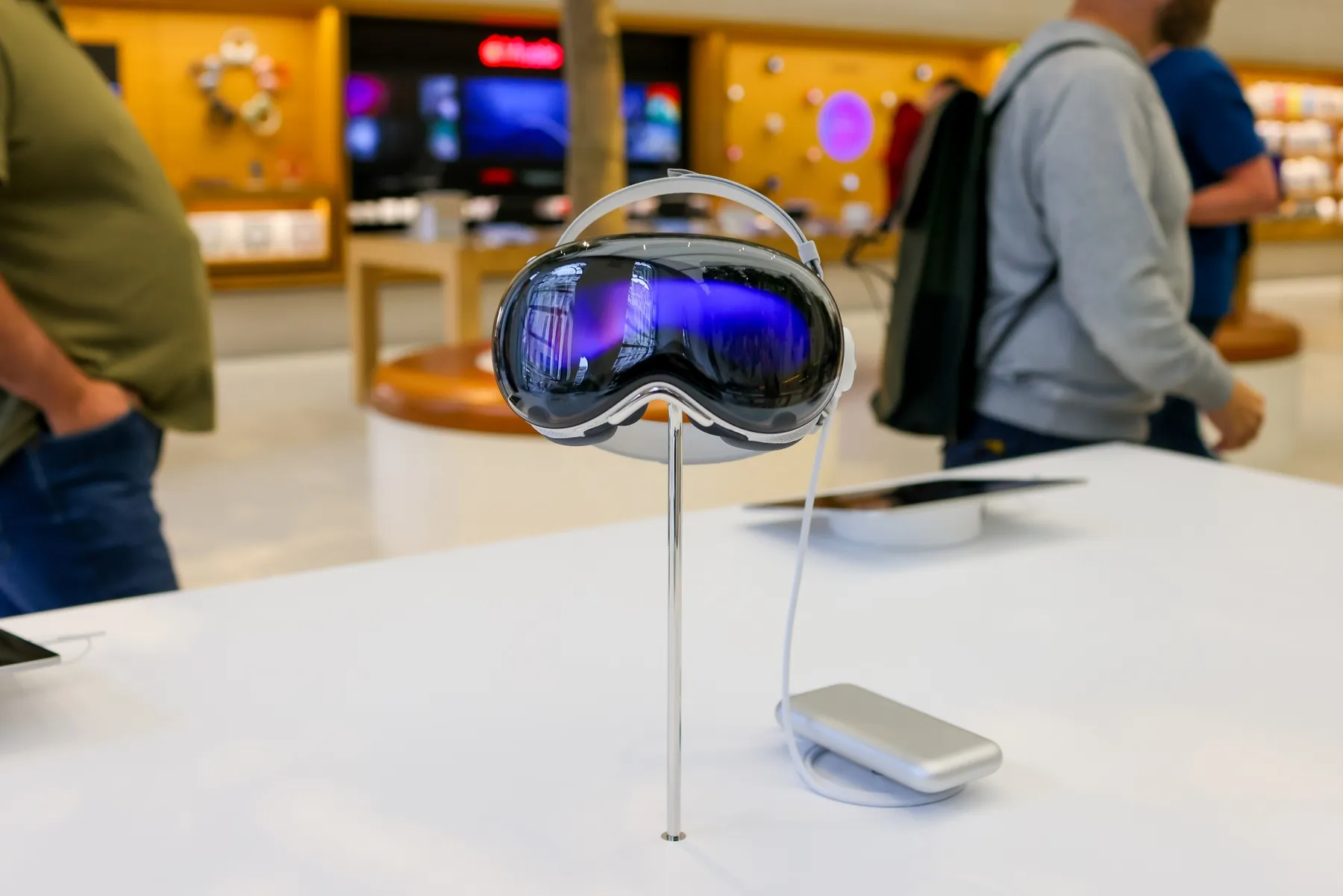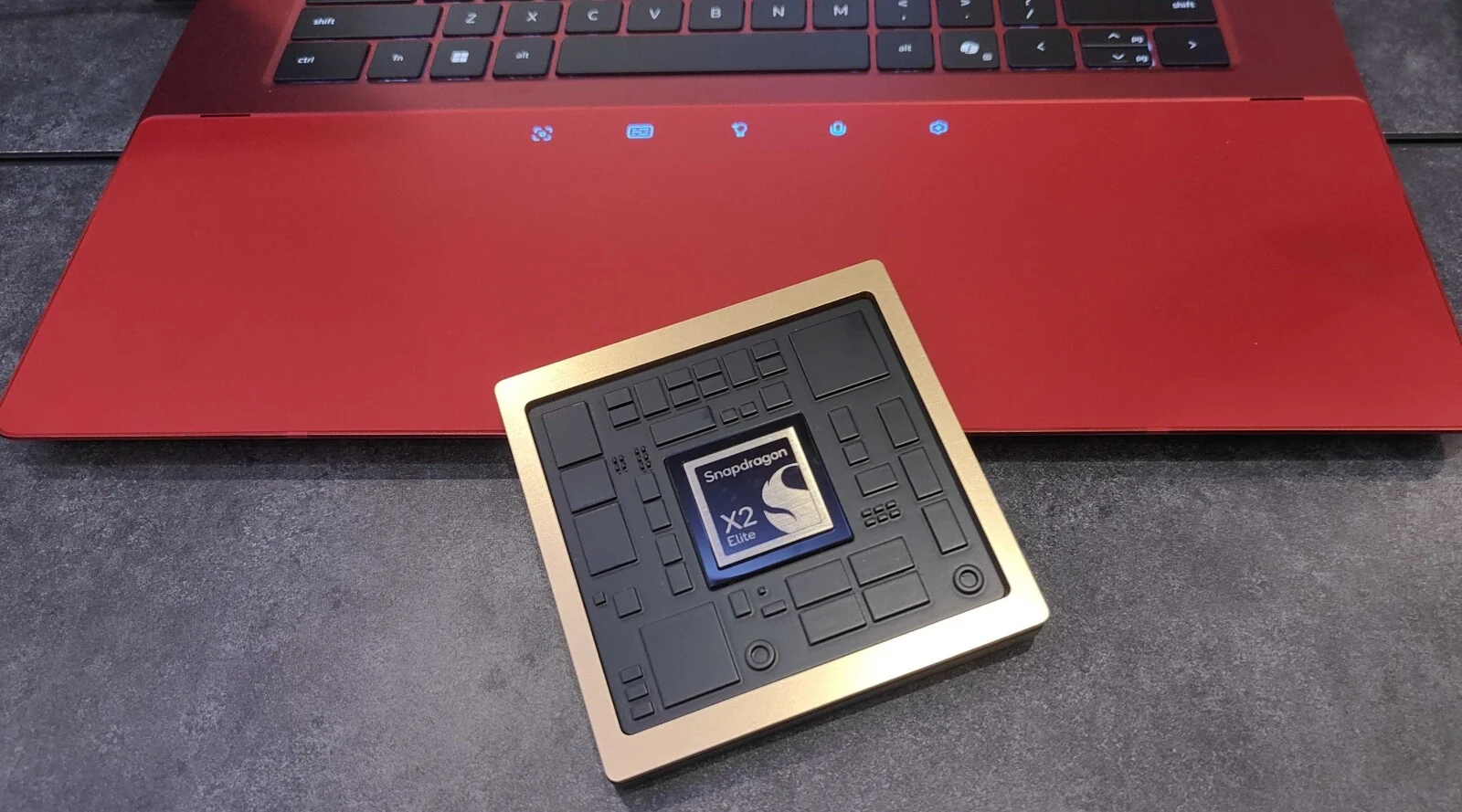Is your Samsung phone feeling sluggish? Are apps taking ages to open, or does multitasking feel like a chore? Over time, even the most powerful smartphones can start to slow down. This is a common issue for many Android users, and Samsung phones, running the Android operating system with its One UI overlay, are no exception. The good news is that most slowdowns aren’t permanent and can be fixed with some straightforward steps.
A slow phone often points to issues with limited RAM, insufficient storage, or too many processes running in the background. Understanding these common culprits is the first step to a faster device. This comprehensive guide will walk you through various methods, from simple clean-ups to more advanced settings adjustments, to help you reclaim your phone’s speed.
- Restart Your Phone Regularly
It sounds simple, but a quick restart can often work wonders. Think of it as a mini-refresh for your phone. A restart closes all background apps, clears temporary glitches, and refreshes system processes.
Steps to restart:
- Press and hold the Power button.
- Tap Restart on the power menu.
- Allow your phone to fully shut down and then power back on.
Make it a habit to restart your phone at least once a week.
- Clear Cache Data Regularly
Cache files help apps load faster but too much or corrupted cache can slow things down.
To clear individual app cache:
- Go to Settings > Apps.
- Choose the app (e.g., Chrome, Facebook).
- Tap Storage > Clear cache.
Be careful not to hit Clear data, which removes app settings and logins.
To clear the system cache partition:
- Turn off the device.
- Hold Volume Up + Power (and Bixby, if needed).
- Release when the Android Recovery screen appears.
- Use Volume Down to highlight Wipe cache partition > press Power.
- Confirm and reboot.
- Free Up Internal Storage
Phones need breathing room. When storage is low, performance tanks. Aim to keep at least 15–20% of storage free.
To check and manage storage:
- Settings > Battery and device care > Storage.
Clear out:
- Large videos/photos (move to cloud or SD card).
- Downloads folder.
- Unused apps.
- Old documents.
- Uninstall or Disable Unused Apps and Bloatware
Apps—even unused ones—eat up RAM and storage. Some are pre-installed (bloatware) and can’t be removed, but can often be disabled.
- Settings > Apps > Choose app > Uninstall or Disable.
- Sort by size or last used to spot the hogs.
- Limit Background App Activity
Background apps drain performance silently.
- Settings > Battery and device care > Battery > Background usage limits.
- Turn on Put unused apps to sleep or Adaptive power saving.
- Move seldom-used apps to Deep sleep.
- Use Device Care to Optimize Performance
Samsung’s Device Care tool does a quick sweep and fix.
- Settings > Battery and device care > Tap Optimize now.
- Visit Memory section to manually clear RAM-hungry apps.
Run this daily or every few days for smoother operation.
- Update Software Regularly
Updates fix bugs, patch security holes, and optimize performance.
- Settings > Software update > Download and install.
Make sure you’re connected to Wi-Fi and charged.
- Reduce Animations (via Developer Options)
Animations can look slick but they slow things down.
To reduce or disable animations:
- Enable Developer Options: Settings > About phone > Software info > Tap Build number 7 times.
- Go back to Settings > Developer options > Adjust:
- Window animation scale
- Transition animation scale
- Animator duration scale
- Set each to .5x (or Animation off for max speed).
- Disable RAM Plus (If You Have It)
RAM Plus uses internal storage as virtual RAM. On phones with lots of real RAM, this can slow things down.
- Settings > Battery and device care > Memory > RAM Plus > Toggle Off.
- Restart your phone.
- Factory Reset (Last Resort)
Still slow after trying everything? A factory reset may help—but it’s a fresh start.
Backup first! Use Samsung Cloud, Google Drive, or a computer.
Steps to reset:
- Settings > General management > Reset > Factory data reset.
- Follow prompts.
After the reset, you’ll set it up as new.
Frequently Asked Questions (FAQ)
Q1: Why does my Samsung phone get slower over time? Apps update, data accumulates, and older hardware struggles to keep up. Background processes, full storage, and outdated software add to the lag.
Q2: Will deleting apps help?
Yes. It frees up space and cuts down on background processes hogging RAM and CPU.
Q3: How often should I clear cache?
Monthly for individual apps is fine. Clear system cache after updates or if your phone feels glitchy.
Q4: Does restarting help?
Absolutely. It’s a quick reset for memory and background tasks.
Q5: What’s bloatware?
Pre-installed apps you didn’t ask for. They often run in the background. Disable them if you can’t uninstall.
Q6: Should I use cleaner apps?
Generally, no. Most third-party cleaners do more harm than good. Stick with Samsung’s Device Care.
